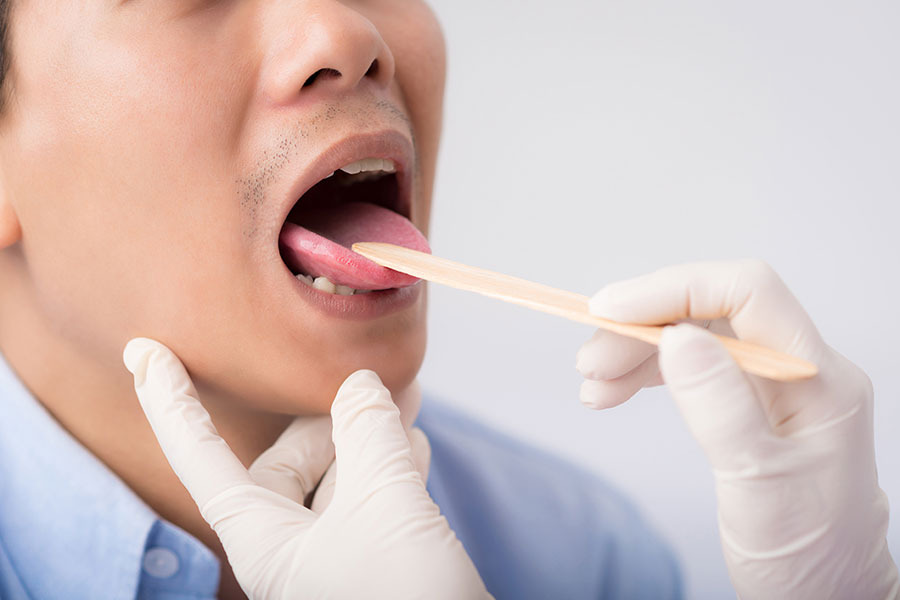
Preclinical study finds combining SIS with patient stem cells can regenerate functional taste buds following tongue cancer surgery
An experimental alternative that utilizes small intestinal submucosa (SIS) in conjunction with gum tissue stem cells shows promise of regenerating taste buds and nerves.
The tongue is the part of the mouth most frequently affected by oral cancer. Following surgical removal of the cancer, current standard-of-care tongue reconstructions utilize autologous skin grafts or regional tissue, with the primary goal of restoring or preserving speech and swallowing function. However, such tissues do not support taste bud regrowth.
An experimental alternative that utilizes small intestinal submucosa (SIS) in conjunction with gum tissue stem cells shows promise of regenerating taste buds and nerves.
Research from the School of Dental Medicine at the University of Pennsylvania looked at a potential post-surgery, tongue cancer treatment.1 Dr. Ahn Le’s research group grew cells derived from gum tissue (gingival mesenchymal stem cells) on SIS. The combination was implanted in an animal model of tongue defects. After 4-8 weeks, taste buds and nerve growth occurred in the injured area. In addition, when small, secreted components of the cells—called exosomes—were used instead of the cells, similar, but less pronounced results were seen. Further studies are needed to test the behavior of the new taste buds.
1 Zhang Y, Shi S, Xu Q, et al. SIS-ECM laden with GMSC-derived exosomes promote taste bud regeneration. J Dent Res. 2019;98(2):225-233. DOI: 10.1177/0022034518804531
